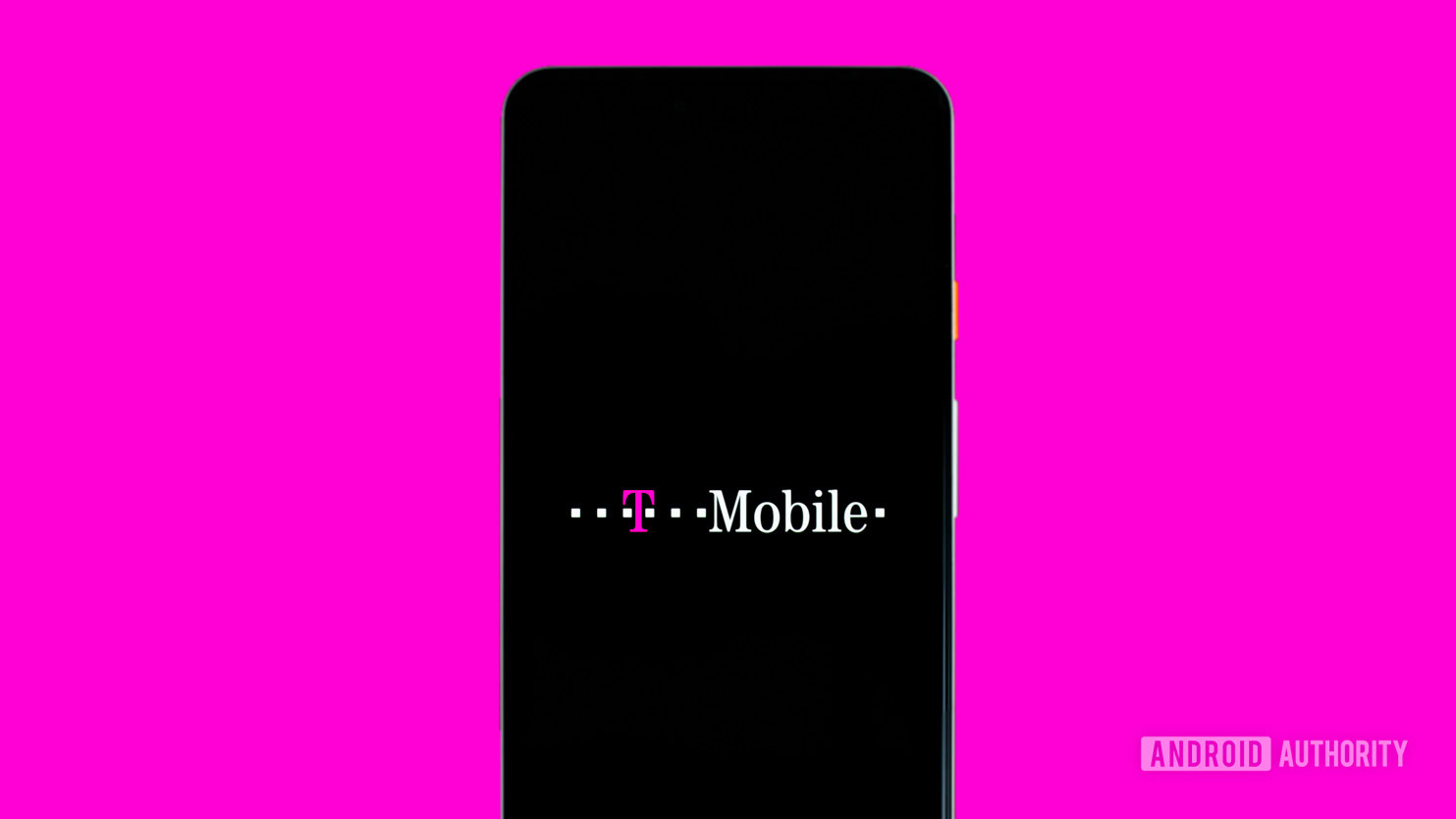Affiliate links on Android Authority may earn us a commission. Learn more.
T-Mobile speeds up your 5G: Millions to see immediate boost
Published onMarch 6, 2024

- T-Mobile has activated new spectrum, aiming to significantly improve network performance, especially in rural areas.
- Nearly 60 million customers will see an immediate boost in 5G speed and performance within days.
T-Mobile has announced a significant expansion of its 5G network by activating its brand-new spectrum. With this move, the company aims to supercharge its network performance for millions of customers across the United States, particularly in underserved rural areas.
This activation is poised to bring T-Mobile’s mobile and broadband internet services to new areas and also significantly increase its bandwidth in existing coverage areas. The company expects nearly 60 million customers to experience an immediate performance boost within the next few days, with the remaining spectrum areas bound to come online gradually as new towers are built out.
This move to upgraded network capacity leverages the 2.5 GHz spectrum T-Mobile secured in Auction 108 back in 2022. This gave the network provider licenses covering about 7000 counties, home to more than 80 million people. The company emphasized the broad reach of this initiative, highlighting that even individuals outside the initial coverage area of 80 million people have a good chance of experiencing a 5G boost in areas they travel to, work in, or visit.
For instance, upon full activation, T-Mobile anticipates improvements for customers in 92% of Louisiana’s counties, impacting over 1.7 million people. Similarly, in Pennsylvania, the additional capacity is expected to enhance performance in areas covering 2.2 million individuals, with almost one million residing in rural communities.
The new spectrum activation marks another step in T-Mobile’s ongoing efforts to solidify its position as the “overall network leader in the U.S.” The company claims its 5G network to be the “country’s largest, fastest and most awarded,” covering over 330 million people across two million square miles — surpassing the combined coverage of AT&T and Verizon.